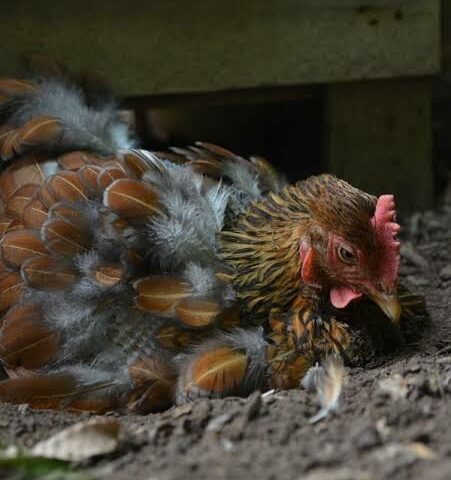By Spy Uganda
No matter where you raise livestock, you’re bound to encounter some pests, and insects. Below are some likely to attack your poultry and how how to deal with them;
Flies
Flies are already abundant in every area of our planet, from the city to the country and everything in between. If you have chickens, you’re no stranger to flies. They love swarming around chicken coops and runs.
Flies tend to congregate in areas where livestock live for several reasons. The allure of manure and decomposing food draws them from all corners of the globe, then they decide to stick around when they see what a feast your coop offers! As you’ll quickly notice, chickens poop a lot, and they also tend to make a big mess of their food, water, and treats.
The best way to deal with flies is to prevent infestations before they start. Clean the coop as often as you possibly can, if you have time to at least clean under the roost and around the water fount daily, you’ll make big strides to keep flies at bay.
Remove the bedding from inside the coop and the run. Clean out any leftover feed, kitchen scraps, or old eggs that you might find along the way. Scrub down the inside of the coop with white vinegar, it has disinfectant properties and is non-toxic.
Once the coop is clean, set out some fly traps to cut down on the fly population on your lot. Just don’t make the mistake of hanging fly tape inside of the coop, because flying chickens can easily get caught in the tape.
Chicken Mites
Mites are one of the trickiest pests to deal with. Unlike lice, most mites don’t live on the birds at all times. They live in the chicken coop, hiding in cracks and crevices, and come out at night, like tiny vampires, to suck the blood of the flock while they sleep.
Mites are tiny, almost invisible to the naked eye, and only about as big as the period at the end of this sentence.
Painting the inside of the coop a nice bright white will help to decrease mites. Not only does it fill in those cracks and crevices, but it also makes it easy to see mite infestations on walls and the floor. Mites are experts at finding hiding places in the coop, so do what you can to make it as difficult as possible for them.
Mite and lice prevention is quite easy as long as you know what to do.
Mites are usually introduced to backyard flocks by local wild birds or the introduction of a new flock member that hasn’t been properly quarantined.
Wild birds are also attracted to the coop by chicken feed and treat. Building a solid fenced-in run and coop using hardware cloth will keep these birds out.
Another good way to prevent mites and lice is to provide dust bathing areas for the flock, especially in winter or rainy seasons when they may not have access to the outdoors.
Scaly Leg Mites
These mites are quite a bit harder to spot as they’re so tiny they’re invisible to the naked eye. You can, however, see evidence of scaly leg mites in the form of, you guessed it, scaly legs.
These mites burrow underneath the scales on the chicken’s legs, pushing the scale outward and forming bumps all along with the chickens’ legs. A bad infestation can lead to lameness and even death.
If your birds are showing signs of scaly leg mites, start by giving their legs a nice bath in warm, soapy water for several minutes. Dry off the legs and coat them with petroleum jelly which will suffocate the mites.
You will need to repeat the treatment several times over a month to cover the entire life cycle of the mites. It’s easiest to do this process at night, while the birds are sleepy and roosting. That way they’re more likely to stand still, and they won’t get their jelly-coated legs all dirty.
You’ll know the process is working when the old scales fall off and new, sleek ones are forming. Never pull old scales off, let them come off naturally.
No matter what chicken pest is currently plaguing your flock, there’s a solution. With just a little effort and love from you, your flock can thrive once again.







